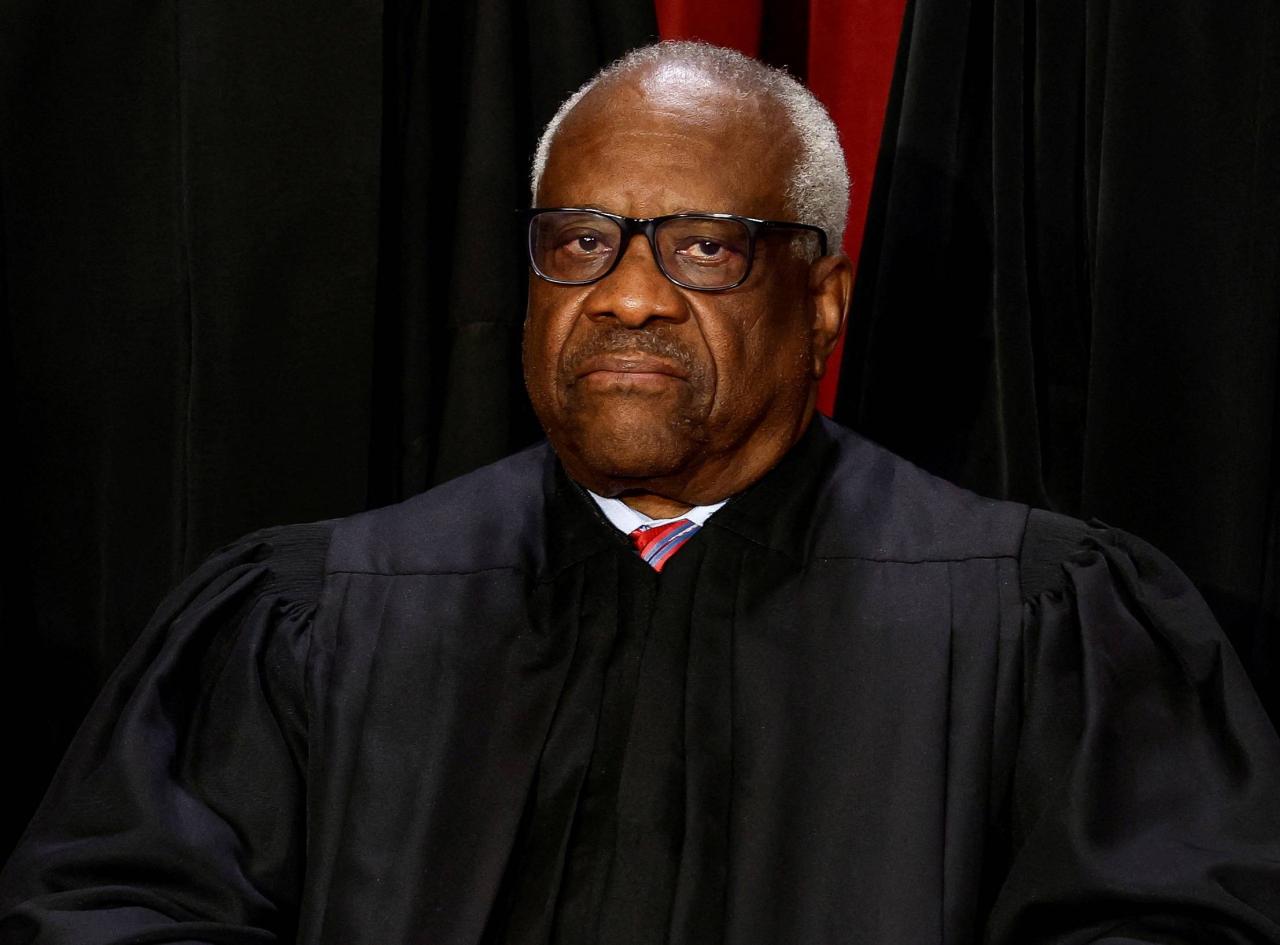Federal courts won’t refer Clarence Thomas for DOJ investigation – Federal Courts Reject Thomas DOJ Referral: The recent decision not to refer Justice Clarence Thomas for a Department of Justice investigation has sparked significant debate. This refusal, based on the separation of powers doctrine and historical precedent regarding Supreme Court justices, raises crucial questions about judicial ethics and accountability. We’ll explore the arguments for and against this decision, examining the existing ethics code, public perception, and alternative avenues for addressing such concerns.
This complex issue involves understanding the unique position of Supreme Court justices within the judicial system. Their ethical standards differ from those of lower court judges and other government officials, leading to a unique set of challenges when it comes to enforcement and accountability. The lack of a clear, easily accessible mechanism for addressing serious ethical complaints against Supreme Court justices leaves many feeling that the current system is inadequate.
This article will break down the key players, the legal arguments, and the potential consequences of this decision, offering a balanced perspective on a highly charged situation.
The Judicial Branch’s Role in Investigations
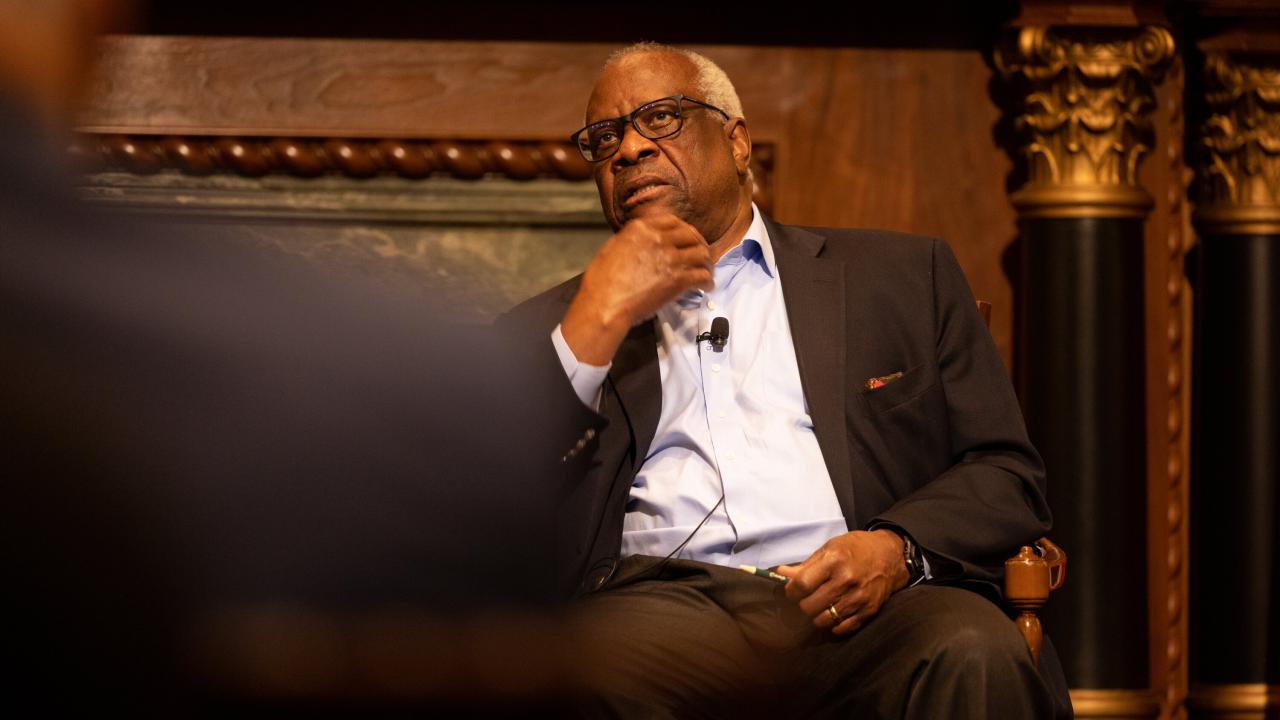
The decision not to refer Justice Clarence Thomas for a Department of Justice investigation highlights the complex interplay between the judicial branch’s internal mechanisms for handling ethical complaints and the executive branch’s investigative powers. Understanding the separation of powers, historical precedents, and the distinct processes for investigating federal judges versus Supreme Court justices is crucial to analyzing this situation.
Separation of Powers and the Decision Regarding Justice Thomas
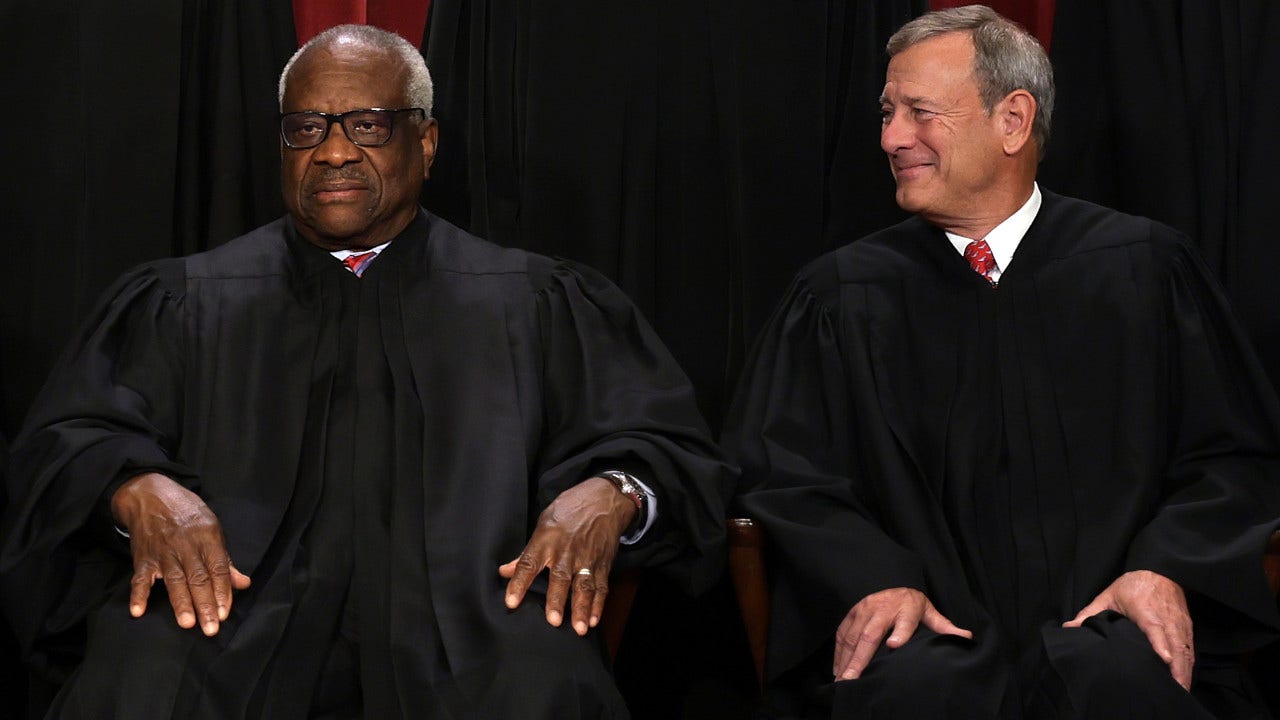
The separation of powers doctrine, a cornerstone of the U.S. government, divides governmental power among the legislative, executive, and judicial branches. This prevents any single branch from becoming too powerful. The decision not to refer Justice Thomas reflects the judiciary’s inherent independence and its traditional reluctance to be subjected to investigations by the executive branch. The argument is that such investigations could potentially undermine the court’s impartiality and independence.
Historical Precedent for Handling Ethical Complaints Against Supreme Court Justices
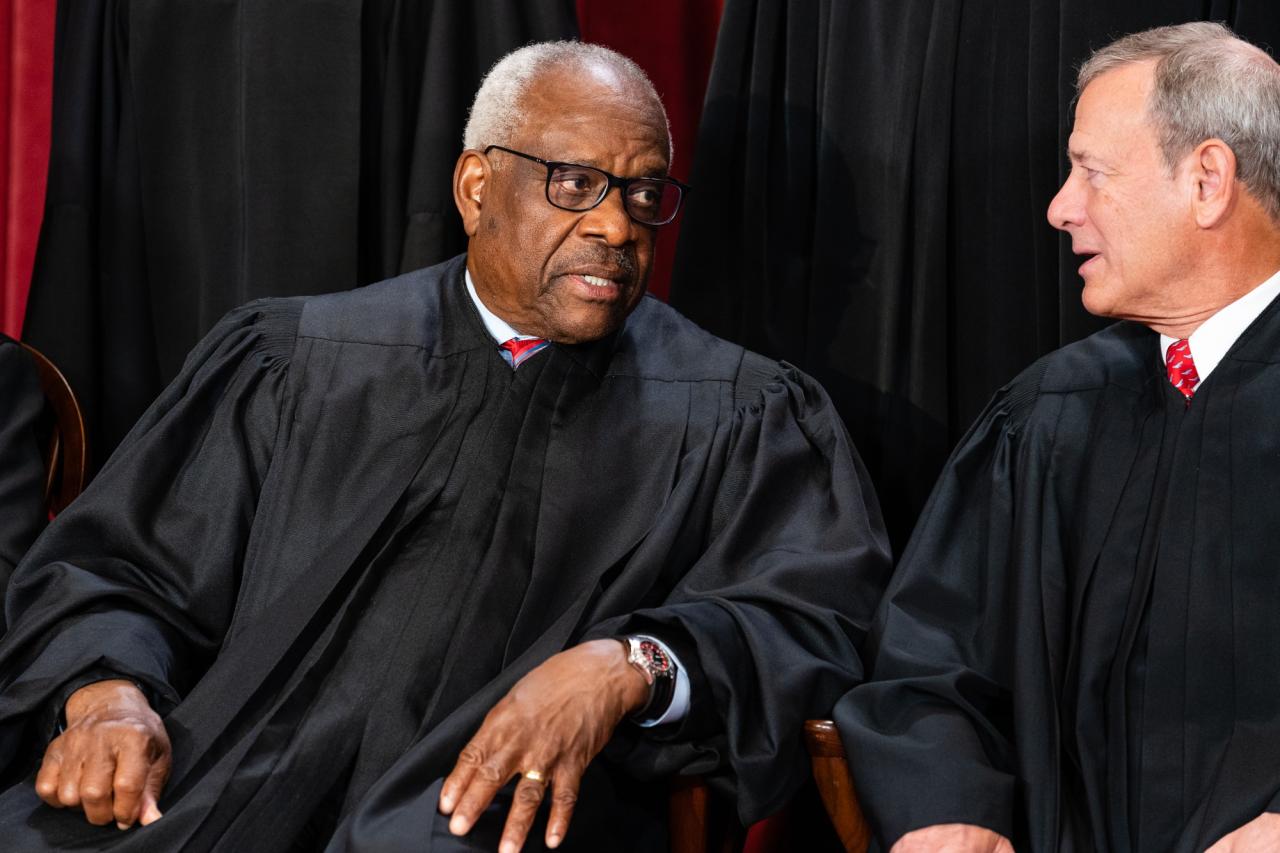
Historically, the Supreme Court has largely handled ethical complaints against its justices internally. There’s no formal, external investigative body specifically designed to handle such complaints. This approach reflects a long-standing tradition of self-regulation within the judiciary, although this approach has faced increasing scrutiny in recent years due to concerns about transparency and accountability.
Examples of Past Investigations into Supreme Court Justices
While investigations into Supreme Court justices are rare, several instances have occurred. For example, the investigation into Justice Abe Fortas in the 1960s, involving financial dealings, ultimately led to his resignation. Conversely, other instances have involved complaints that were addressed internally without public investigation. The lack of a consistent, transparent process has contributed to ongoing debate about the best way to handle such matters.
Comparison of Investigative Processes: Federal Judges vs. Supreme Court Justices
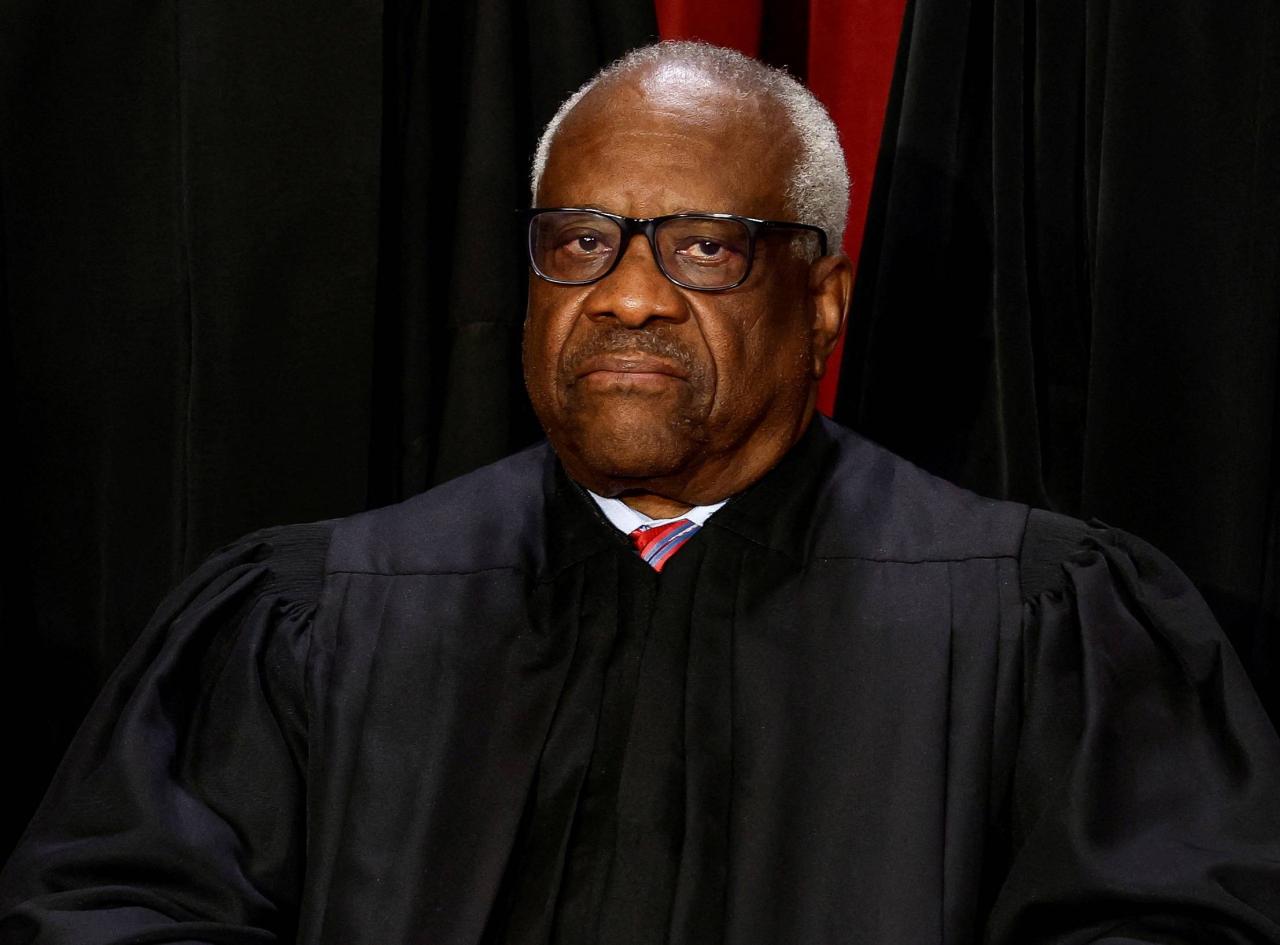
The processes for investigating ethical complaints differ significantly between federal judges and Supreme Court justices. Federal judges fall under the purview of the Judicial Conference of the United States and the relevant circuit’s judicial council, allowing for external investigations and potential sanctions. Supreme Court justices, however, enjoy a greater degree of autonomy and lack a comparable external oversight mechanism.
| Feature | Federal Judges | Supreme Court Justices |
|---|---|---|
| Investigative Body | Judicial Conference of the United States, Circuit Judicial Councils | Primarily internal review, no dedicated external body |
| Investigation Initiation | Can be initiated by various sources, including complaints | Often initiated by internal review, less formal mechanisms for external complaints |
| Sanctions | Range from reprimands to impeachment | Limited to internal measures, potential impeachment by Congress |
| Transparency | Generally more transparent, with public reports in some cases | Historically less transparent, with limited public disclosure |
The Ethics Code for Supreme Court Justices
The current code of conduct for Supreme Court justices, while lacking the formal enforcement mechanisms of other branches, provides guidelines on ethical behavior, including financial disclosures and the acceptance of gifts. The lack of robust enforcement mechanisms, however, has fueled criticism regarding its effectiveness.
Current Code of Conduct and Relevant Sections
The code Artikels expectations for justices regarding impartiality, recusal, and financial transparency. Specific sections address the reporting of outside income, gifts, and potential conflicts of interest. However, the code’s vagueness in some areas and the absence of a clear enforcement structure have led to calls for reform.
So, the Federal courts aren’t referring Clarence Thomas for a DOJ investigation, which is a big deal. But hey, while we’re on the topic of big decisions, you also need to make a smart choice when picking tech, like when you’re figuring out how to choose the best AI voice generator for e-learning ; it impacts your whole project.
Getting that right is just as crucial as ensuring fair legal processes, right? Ultimately, both require careful consideration and research.
Enforcement Mechanisms (or Lack Thereof)
The code lacks a formal enforcement mechanism. While justices are expected to adhere to its principles, there’s no independent body to investigate alleged violations or impose sanctions. This reliance on self-regulation has been a subject of ongoing debate, particularly in light of recent controversies.
So, the Federal courts aren’t sending Clarence Thomas’s case to the DOJ. It’s a pretty big deal, but honestly, I’m more focused on the cricket right now. Check out the highlights from the India vs Australia match – India vs Australia, 5th Test, Day 2 Highlights: Rishabh Pant’s – before getting back to the legal stuff.
Then we can discuss the Thomas situation further. It’s a wild day for news!
Comparison with Ethical Standards for Other Officials
Compared to other federal judges and high-ranking government officials, Supreme Court justices face a less stringent and less transparent ethical framework. Other branches have established ethics offices and independent oversight bodies, providing more robust accountability mechanisms. This disparity highlights the unique position of the Supreme Court and the need for a more clearly defined and enforced ethical code.
Potential Reforms to Strengthen the Ethics Code
Several reforms could strengthen the ethics code and enforcement processes. These include establishing an independent ethics body to investigate complaints, creating clearer guidelines for financial disclosures and gift acceptance, and increasing transparency in the handling of ethical concerns.
- Establish an independent ethics commission for the Supreme Court.
- Implement stricter guidelines for financial disclosures, including blind trusts.
- Develop clearer rules regarding the acceptance of gifts and outside influence.
- Increase transparency in the handling of ethical complaints, including public reporting of findings.
- Strengthen the code’s enforcement mechanisms with defined penalties for violations.
Public Perception and the Rule of Law: Federal Courts Won’t Refer Clarence Thomas For DOJ Investigation
The decision not to refer Justice Thomas for investigation has significantly impacted public trust in the Supreme Court and the judicial branch. This lack of transparency and accountability raises concerns about the legitimacy of the court’s decisions and the broader rule of law.
Impact on Public Trust
The perceived lack of accountability can erode public confidence in the fairness and impartiality of the court. This can lead to cynicism and distrust in the institution’s ability to uphold the rule of law. Public opinion polls already show a decline in confidence in the Supreme Court, and this decision could further exacerbate that trend.
Consequences for the Legitimacy of Supreme Court Decisions
When the public questions the integrity of the court, the legitimacy of its decisions is inevitably undermined. This can lead to decreased compliance with court rulings and increased challenges to the court’s authority. A lack of accountability can create a perception of bias and favoritism, thereby eroding the court’s credibility.
So, the federal courts are letting Clarence Thomas off the hook, which is pretty wild. Meanwhile, completely unrelated, but check this out: there’s a recall on some sea and Himalayan salts in Canada – seriously, don’t use them, as per the recall notice here: Sea and Himalayan salts recalled in Canada: ‘Do not use, serve or.
Back to Thomas, it’s a reminder that different rules seem to apply to different people sometimes.
Influence on Public Discourse on Judicial Ethics
This situation has reignited public discourse on judicial ethics and the need for greater accountability. It highlights the tension between the judiciary’s independence and the public’s right to know about potential conflicts of interest. The debate will likely focus on the need for stronger ethical standards and enforcement mechanisms.
Hypothetical Scenario Illustrating Erosion of Public Confidence
Imagine a future scenario where several similar instances of potential ethical lapses occur without investigation. Public trust would plummet, leading to widespread protests and calls for significant judicial reform. The court’s decisions could be increasingly challenged, and its authority could be severely diminished.
The Department of Justice’s Response
The Department of Justice’s response, or rather the lack of a formal statement directly addressing the matter, has raised questions about its role in overseeing judicial ethics. Analyzing the potential ramifications of investigating or not investigating Justice Thomas reveals the complexities of this situation.
The DOJ’s Official Statement (or Lack Thereof)
The DOJ has largely remained silent on the matter, citing the separation of powers as a reason to avoid involvement. This approach, while respecting the judiciary’s independence, has also been criticized for its lack of transparency and accountability.
Legal and Political Ramifications for the DOJ
Investigating Justice Thomas would have presented significant legal and political challenges. The DOJ would have had to navigate the complexities of investigating a Supreme Court justice, while simultaneously facing potential accusations of political bias. Conversely, choosing not to investigate has drawn criticism for allowing a potential ethical violation to go unaddressed.
Different Approaches and Potential Outcomes
The DOJ could have chosen to initiate a preliminary inquiry to assess the merits of a full investigation. Alternatively, they could have engaged in a more formal investigation, possibly involving a special counsel. Each approach would have carried different risks and potential outcomes, influencing public perception and the integrity of the court.
Internal Pressures and External Influences
The DOJ’s decision was likely influenced by internal pressures to avoid accusations of political interference and external pressures from various stakeholders, including political parties and advocacy groups. These competing forces contributed to the complex calculus of deciding how to respond.
Hypothetical Internal Memo: “Investigating a Supreme Court Justice is unprecedented and fraught with legal and political risk. The potential for accusations of partisanship outweighs the benefits of an investigation.”
Hypothetical External Influence: “The DOJ must act to restore public trust in the Supreme Court. Failure to investigate will be interpreted as condoning ethical violations.”
Alternative Avenues for Accountability
Addressing ethical concerns regarding Supreme Court justices requires exploring alternative avenues for accountability outside of a DOJ investigation. Congress, the Senate Judiciary Committee, and other bodies play a role in overseeing judicial conduct, although their effectiveness varies.
Roles and Responsibilities of Oversight Bodies, Federal courts won’t refer Clarence Thomas for DOJ investigation
Congress, particularly the Senate Judiciary Committee, has the power to investigate judicial misconduct and, in extreme cases, initiate impeachment proceedings. However, this process is complex, politically charged, and rarely utilized.
Effectiveness of Alternative Avenues
The effectiveness of these alternative avenues is debatable. Congress’s role is largely limited to impeachment, which is a high bar to reach. Other mechanisms, such as internal review within the Supreme Court, may lack transparency and sufficient enforcement power.
Flow Chart Illustrating Pathways for Addressing Ethical Complaints
A flow chart would visually represent the various pathways for addressing ethical complaints, starting with the initial complaint, moving through internal review, and potentially leading to congressional investigation or impeachment. The chart would illustrate the different decision points and potential outcomes, highlighting the complexities of the process.
Closing Summary
The decision not to refer Justice Clarence Thomas to the DOJ for investigation highlights a critical gap in the accountability mechanisms for Supreme Court justices. While respecting the separation of powers, the lack of a robust, independent ethics process leaves the public vulnerable to concerns about impartiality and erodes trust in the Supreme Court’s legitimacy. Moving forward, a serious discussion about reforming the existing ethics code and establishing clearer pathways for accountability is essential to maintaining public confidence in the integrity of the judicial branch.
The lack of a DOJ investigation doesn’t necessarily signal the end of the discussion; rather, it highlights the need for a more transparent and effective system of checks and balances.
Popular Questions
What are the potential consequences of this decision on public trust?
A lack of investigation can fuel public distrust in the Supreme Court’s impartiality and legitimacy, potentially leading to decreased public confidence in the judicial system as a whole.
What are some examples of past investigations into Supreme Court justices?
While rare, there have been instances where investigations into Supreme Court justices’ conduct were initiated, although the processes and outcomes varied significantly. Researching specific historical examples will provide a better understanding of the precedents set.
Could Congress take action regarding Justice Thomas’s conduct?
Yes, Congress could initiate investigations and potentially pursue impeachment proceedings, although this is a politically charged and complex process.
What are the main arguments against a DOJ investigation of Supreme Court justices?
Opponents often cite the principle of separation of powers, arguing that investigating a Supreme Court Justice would constitute an encroachment on the judicial branch’s independence.
